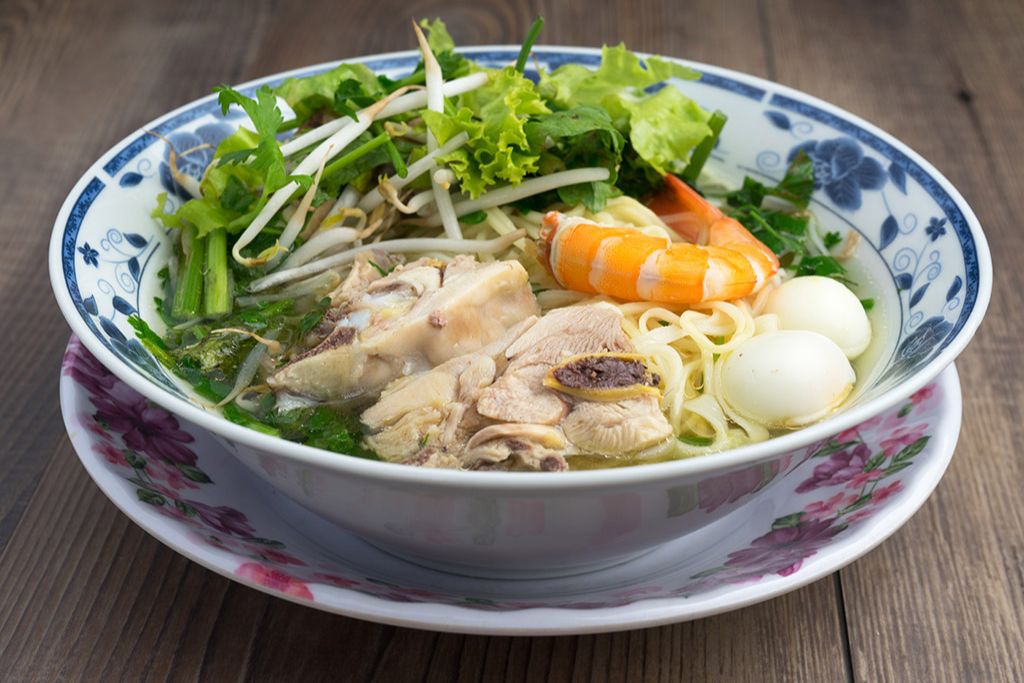Hu Tieu, or some people call it Hu Tiu, is a familiar dish for people in the Southern region as well as in Vietnam as a whole. Although it doesn’t originate from our country’s traditional cuisine, this dish is still widely accepted and has become a familiar food. Let’s explore this Hu Tieu dish with us!
Origin of Saigonese Hu Tieu
Hu Tieu Noodles originates from Cambodia and was introduced to many regions within and outside of China, becoming a daily dish in these places. Many years later, pho noodles spread to countries like Thailand, Singapore, and Southern Vietnam.
Hu Tieu first developed in the South, especially in Saigon, from the 1950s. Over time, this dish became a distinctive Saigonese food, much like Pho in Hanoi.
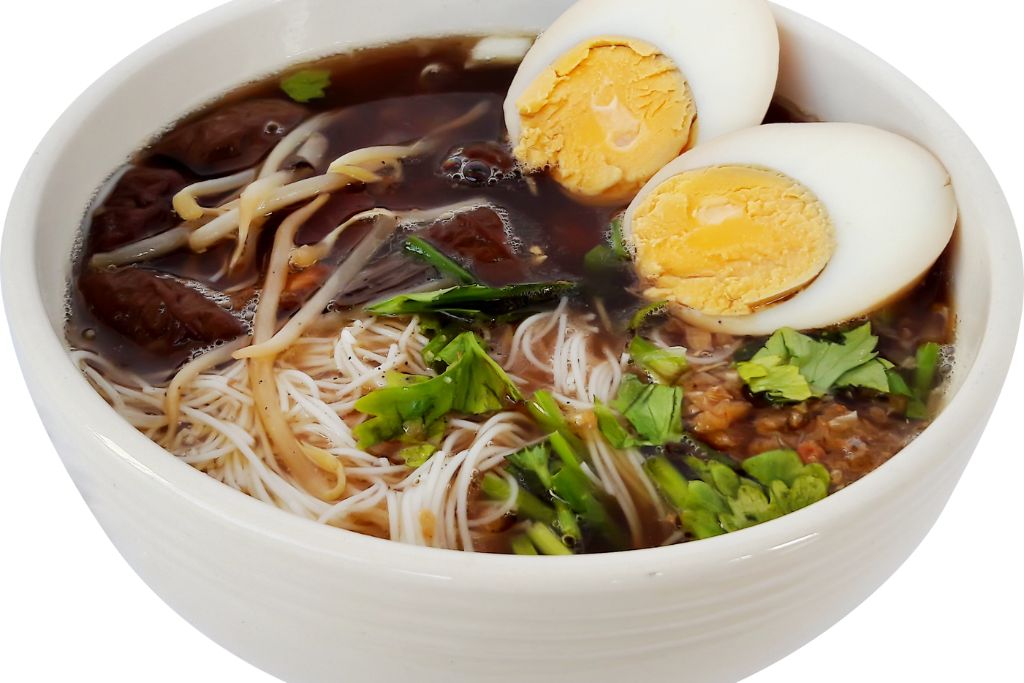
Traveling along the streets of Saigon and the Southern region, you can encounter numerous sidewalk pho noodle stalls with fragrant aroma and thick smoke. This is the typical breakfast and evening snack of Southern people, starting the day with a quick and delicious bowl of pho noodles and ending the day with a light pho noodle dish for the evening.
Learning about Hu Tieu
This dish uses rice-based noodles. Its main ingredients include pho noodles, broth simmered from pork bones, pork meat, and pig heart cooked together, with added onions, bean sprouts, chives, and minced meat. Additionally, diners can add chili sauce if they prefer spicy or a bit of sour taste from lime.
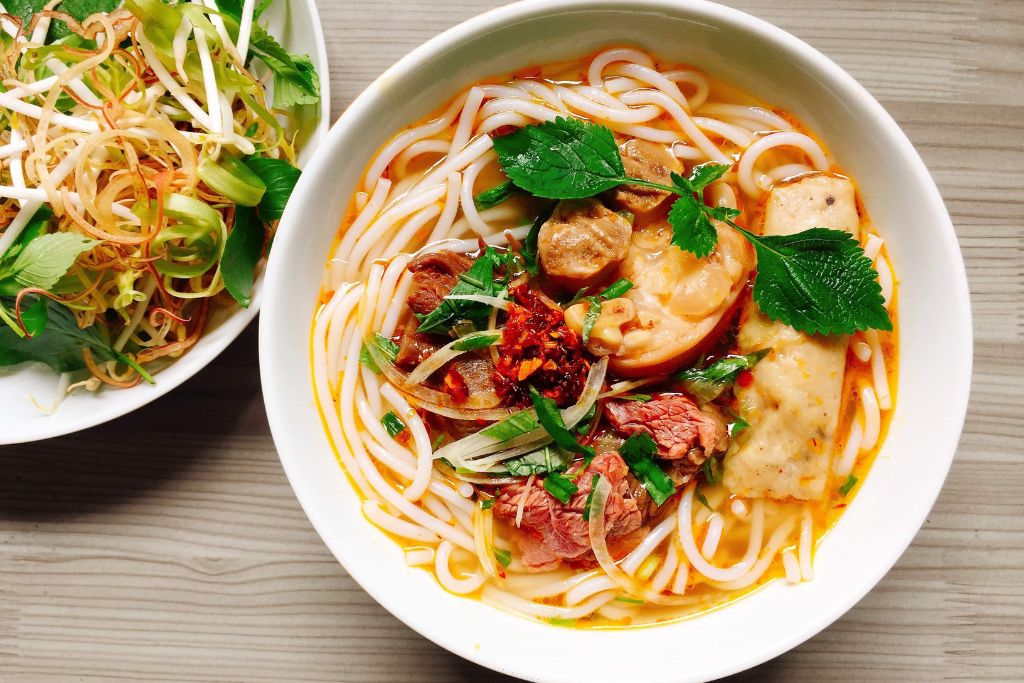
Hu Tieu comes in various types such as Nam Vang Hu Tieu, Sa Te Hu Tieu, My Tho Hu Tieu, Chinese-style Hu Tieu, Sa Dec Hu Tieu, Go pho Hu Tieu, and squid Hu Tieu.
Because pho noodles have spread to many countries, each country has its own way of preparing, adding different tastes and unique characteristics, resulting in various types of pho noodles. In Saigon, you can find all types of pho noodles, each with a different flavor and way of eating.
Oldest Hu Tieu Stalls in Saigon
It’s not difficult to find the oldest Hu Tieu stalls in Saigon. These traditional stalls with unique and distinctive recipes will surely leave a lasting impression on first-time visitors. Let’s explore these special Hu Tieu stalls with us.
Giang Lam Ky Hu Tieu Stall
Located at the entrance to Tan Dinh Market, this Hu Tieu stall has been operating for 72 years and through three generations in the Giang family. It is the only place that preserves the cultural characteristics of the Chinese community in Saigon, from the decorated pho noodle cart with floral patterns, the sides adorned with Chinese motifs, to the original chicken wing. The stall serves the traditional family-secret broth, and the noodles are the result of generations of family tradition.
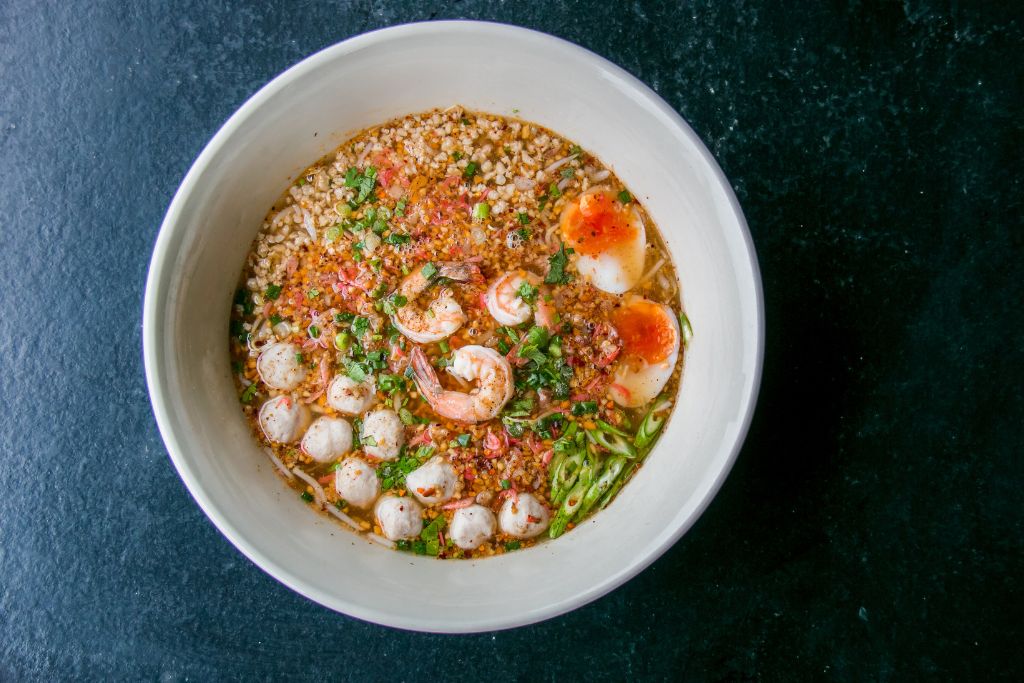
- The stall is open from 6 am to 2 pm.
- Price: $1.24 – $1.44
Quang Ky Hu Tieu Stall
This Hu Tieu stall is one of the most famous in Saigon. Although it has the highest prices in Chinatown, it attracts not only tourists but also Saigonese. The traditional Hu Tieu recipe has been passed down for 50 years, with elastic and soft noodles, flavorful broth, and finely ground peanuts creating a chewy and rich taste. Each piece of meat is cut delicately and professionally.
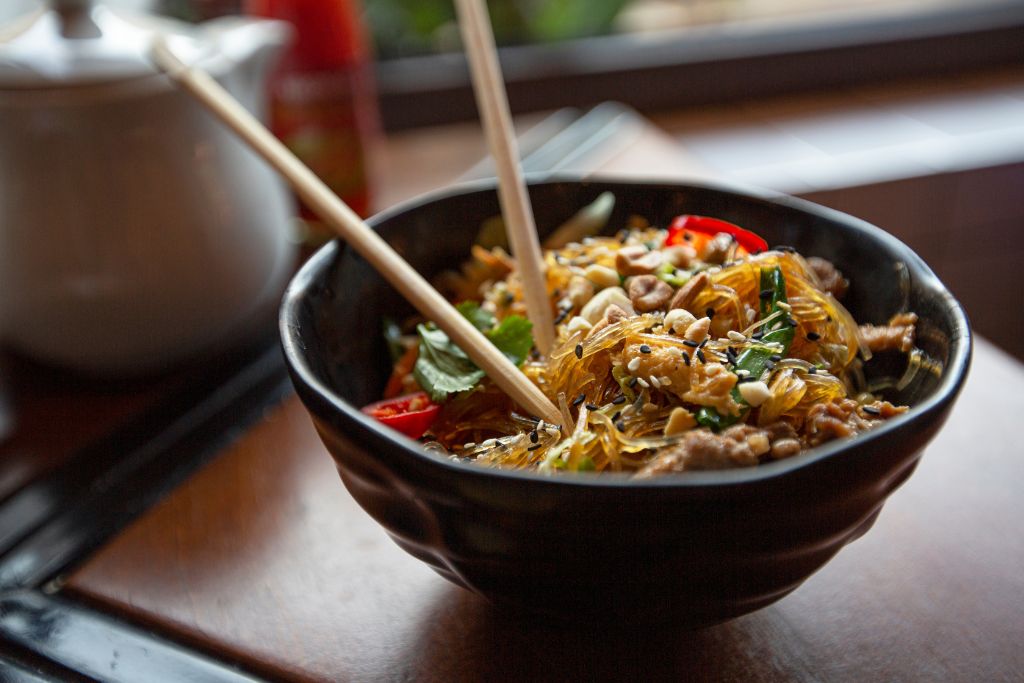
- Address: Trieu Quang Phuc Street, District 5, and only open from 4 pm to 10 pm.
- Price: $2.9
Thieu Ky Hu Tieu Cart
With a history of 70 years, this Hu Tieu cart is known for meticulously and delicately crafting its own noodles, unique to the stall. The noodle-making process may seem simple—mixing flour with duck eggs and Chinese alum water, resting for a while, rolling and cutting the noodles. However, only the owner’s sensitive touch can create these unique, traditional noodles.
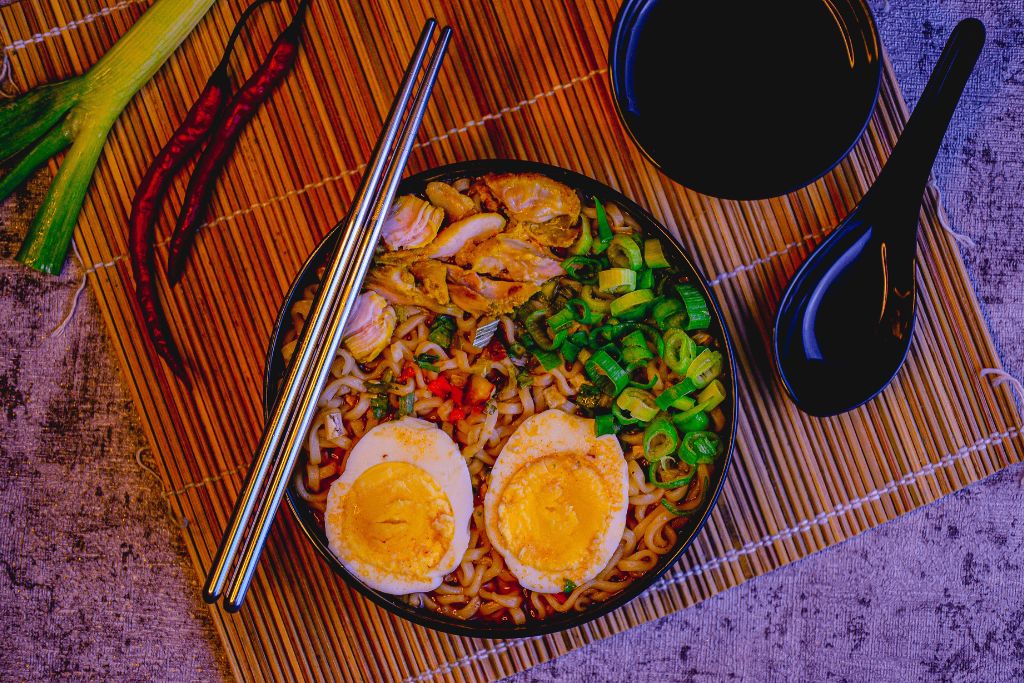
A bowl of mixed pho with heart, pork ribs, and dry noodles in oyster sauce is the most favored dish at this stall.
- Address: Alley 66 Le Dai Hanh Street.
- Price: around $1.24
If you ever visit Saigon, don’t forget these renowned, time-honored pho noodle stalls. You’re sure to find unique flavors and specially crafted pho noodles that embody the distinct characteristics of each stall, unlike anywhere else but Saigon.
